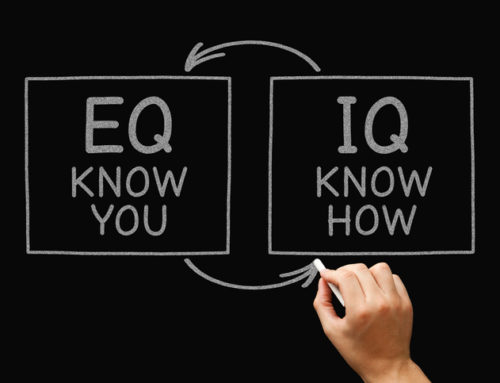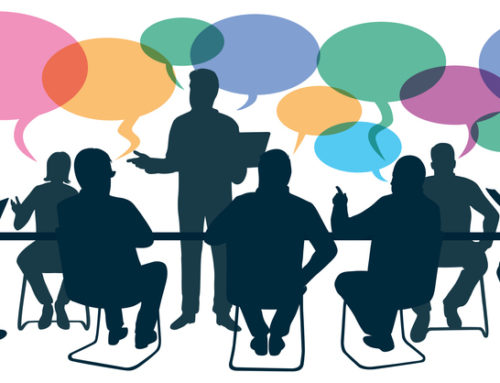by David Bork
When I was a child I played a game called, “Animal, Vegetable, Mineral.“ The person who was “it“ would say one of the words, animal, vegetable, mineral, then give a letter, such as “h“, and immediately count rapidly from one to ten. The object of the game was for the other person to name as many things as possible in the category that began with the letter given, in this case, “h.“ When “it“ called, “Animal — h,“ the respondent names as many animals that begin with the letter, “h.“ “Horse, hound, humans, hare, etc.“ stopping when “it“ got to ten. Even as children we knew that we were from the animal kingdom.
Thus, when we seek to understand human behavior, it is often useful to examine the research on animals. On 12/27/10, Huffington Post 1 blogged the following in an article about top ten best small press books of the decade:
Made for Each Other by Meg Daley Olmert. The bond between humans and dogs isn’t just thousands of years old, it echoes the one between humans because of oxytocin, a hormone released when mothers nurse babies and when people pet or even look at their dogs. Engaging and witty, Olmert explores the latest neuroscience on this dynamic in a deft mix of science and speculation, anecdote and analysis.
In this book, Olmert explores how oxytocin is produced in the hypothalamus but stored in the posterior pituitary gland. It is essential for bonding between animal mothers and their offspring. She speculates that when the first wolf pups were brought into caves for domestication, they were stroked by their cave-dweller masters and the stroking calmed the pup. The ones that didn’t calm down were probably abandoned but the calm ones became the ancestors of modern day dogs. We can speculate that what calmed them was the oxytocin produced in them when they were being petted, the same as what happened when licked by the wolf mother. Olmert reports that when we pet our dogs, we often do so at the rate of about 40 strokes a minute. This is the about the same rate at which various animal mothers 2 studied, stroked their pups, that means licking them.
Voila! This is not about licking. It is about bonding in relationships.
Olmert spends many pages discussing the research around the bonding process in animals and includes humans.
Science Daily 3 reported, “Researchers at the University of California, San Diego (UCSD) School of Medicine are studying whether the brain hormone released with touches, hugs, or when a mother and her newborn baby bond have long term influence on relationship.“ The article went on to note “(oxytocin) …associated with pair bonding, including mother-infant and male-female bonds, is increased in paternal involvement with children…
Research by Kai MacDonald, M.D., 3 assistant clinical professor of psychiatry at UCSD writes that in humans, oxytocin is released during hugging and pleasant physical touch, and plays a part in the human sexual response cycle. It appears to change the brain signals related to social recognition via facial expressions, perhaps by changing the firing of the amygdala, the part of the brain that plays a primary role in the processing of important emotional stimuli. In this way, oxytocin in the brain may be a potent mediator of human social behavior. “That’s why oxytocin is sometimes called ‘the love hormone,’ “said MacDonald. “It’s said that the eyes are the window to the soul…they certainly are the window to the emotional brain. We know that the eye-to-eye communication—which is affected by oxytocin—is critical to intimate emotional communication for all kind of emotions — love, fear, trust, anxiety.“
If these data are correct, then relationships among adult family members have their connections in the early bonding between mother and child, between parent and child, between/among siblings.
There is a story, perhaps apocryphal, of a father who placed his four year old son on the fireplace mantel, stepped back and with outstretched arms said, “Jump, son!“ As the boy jumped and fell to the floor, the father stepped back further and said, “Now let that be a lesson. Don’t ever trust anyone.“ Not much oxytocin generated in that transaction.
As I reflect on some of the best relationships within family business clients I have had the pleasure to serve, I can cite family after family where they hug one another on greeting. In Turkish culture kissing on each cheek is the custom, although many do so in what seems to be a perfunctory manner. I have observed one father who, when greeting his children, hugs them and always rubs the back of their neck or tousles their hair. It is probably a throw back to how he hugged them when they were small children. These families to which I refer, had a culture of love and support. Even though my children live many miles from me, we speak by phone with great frequency. Almost every conversation ends with each of us expressing love for the other.
In “The Happiness Advantage,“ 4 Shawn Achor suggests seven “Happiness“ principles. Number 7 is titled, “Social Investment — Why Social Support is Your Single Greatest Asset.“ In the next column, I will extensively explore the concept of social support in family business.
As I have reflected on the bonding data from researchers in animal behavior, I am convinced that positive bonding in family — all combinations thereof, is a critical factor in the long-term success of the family and the family business.
Achor cited a study, appropriately titled “Very Happy People,“ that there was one — only one characteristic that distinguished the happiest 10 percent from everybody else. It was the strength of their social relationships. Add to this data from Gallup who asked ten million employees around the world if they could agree or disagree with the following statement: “My supervisor, or someone at work seems to care about me as a person.“ Those who agreed were found to be more productive, contributed more to profits and were significantly more likely to stay with this company long-term.“
When we blend all of this information into a package, it is clear that “social investment“ in the family business is a factor in both success and level of satisfaction. It will be further explored in the next column.
- http://www.huffingtonpost.com/lev-raphael/7-best-small-press-books-_b_801341.html “Made for Each Other,“ by Meg Daley Olmert ISBN-10: 0306818604 | ISBN- 13
- http://en.wikipedia.org/wiki/Oxytocin
- http://www.sciencedaily.com/releases/2008/02/080208172104.htm
- “The Happiness Advantage“ by Shawn Achor, ISBN 978-0-307-59154-8
Does Your Family Business Need Help?
Family Business Matters has extensive experience assisting family businesses. With many decades of experience, we understand the wide variety of challenges that families face as they work together to build, grow and sustain a thriving family business generation after generation. Through conferences, continuing education programs, family business retreats, speaking engagements and private family business consulting services, Family Business Matters has assisted more than 450 family-owned businesses around the world chart their way through family business issues of all shapes and sizes.
Contact Us
For more information on how Family Business Matters can help your family business survive and thrive, please contact us today at (970) 948-5077.






